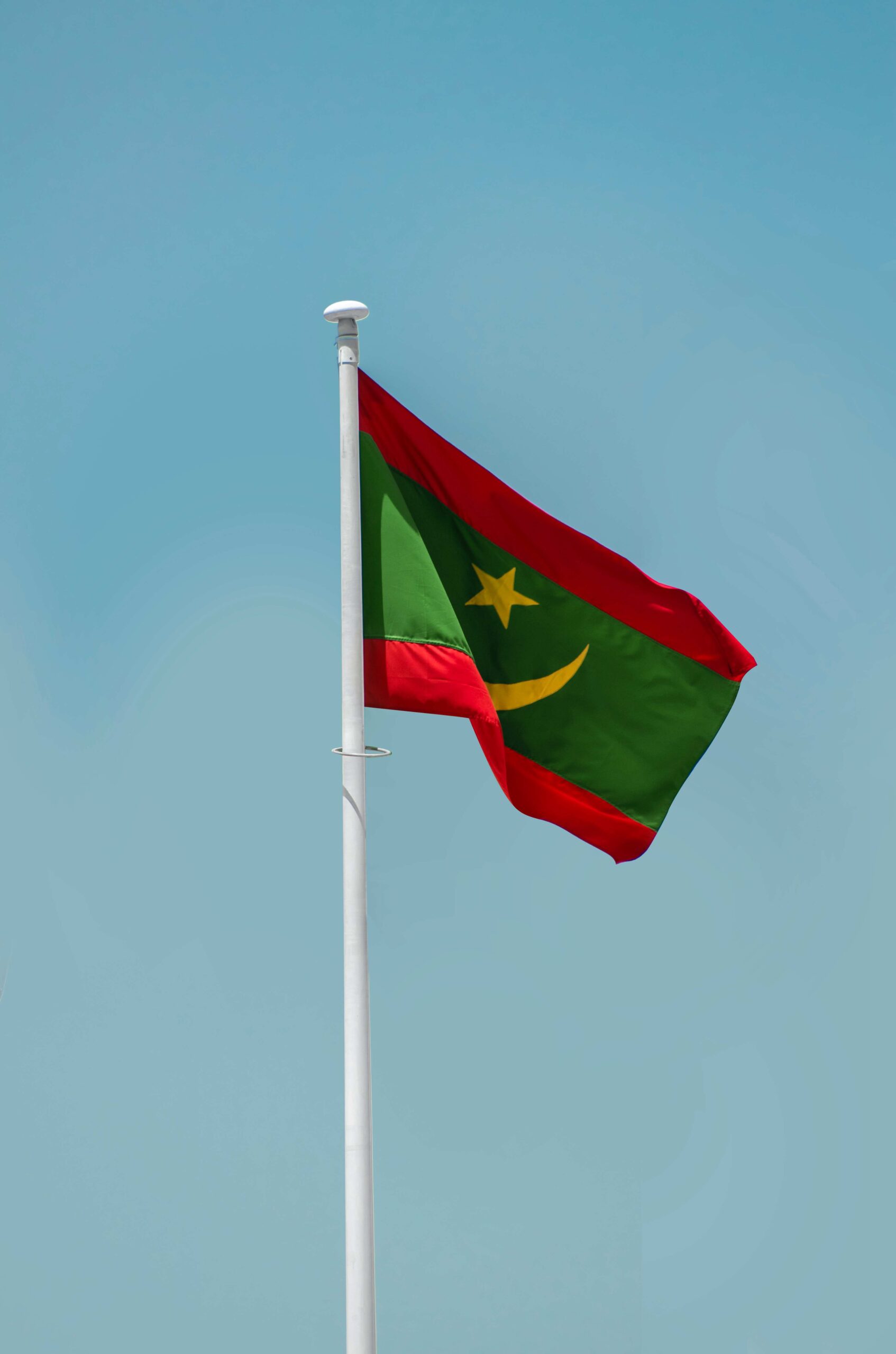Africa, the cradle of civilisation, boasts a rich tapestry of cultures, languages, and histories. As diverse as the continent is, so are the flags of its 54 sovereign states. In this article, we delve into the vibrant flags of Africa and how the Pan-African colours have become a resplendent thread that binds the fabric of the continent.
The origins of Pan-Africanism
Pan-Africanism emerged as a movement in the late 19th and early 20th centuries, amid the shackles of colonialism and the struggle for emancipation. This political and social movement sought to unify people of African descent worldwide, advocating for the common causes and welfare of Africa and its people. The colours associated with Pan-Africanism – red, green, and black – and later gold, found resonance in the flags of numerous African nations.
The significance of the colours in the flags of Africa
Red signifies the blood shed by the African ancestors in their struggles for liberation.
Green represents the bountiful natural wealth and lush landscape of the African continent.
Black celebrates the identity and the shared skin colour of the African people.
Gold denotes the immense mineral wealth and prosperity waiting to be unlocked.
The adoption of Pan-African colours
Ghana sets the tone
Ghana, the first sub-Saharan African country to gain independence from colonial rule in 1957, adopted a flag that prominently features the Pan-African colours. The flag, designed by Theodosia Okoh, showcased red, green, and gold, with a black five-pointed star in the centre.
The winds of change
As waves of decolonisation swept across the continent during the late 1950s and 1960s, many countries gained independence and adopted flags inspired by the Ghanaian example.
Ethiopia: the trailblazer
Ethiopia, never colonised, had a flag bearing green, yellow, and red, which was another influential design. These colours indirectly fed into the Pan-African movement and were adopted by various African states as an expression of solidarity and respect.
A ripple effect
From Guinea to Cameroon, Mali to Mozambique, the Pan-African colours gained prominence. Even countries outside Africa, with significant African diasporas such as Jamaica and Trinidad and Tobago, embraced these colours in their national flags.
The legacy continues
As we traverse the path of the 21st century, the Pan-African colours continue to serve as a symbol of unity, pride, and hope for Africa and its people. These colours are not just threads woven into the fabric of flags; they are emblematic of a shared heritage and an unwavering commitment to a united and prosperous Africa.
African Unity Day
The African Union recognises the 25th of May as Africa Day, a day to celebrate the diversity and unity of the continent. The Pan-African colours often take centre stage on this day as they encapsulate the spirit and essence of what it means to be African.
Unity in diversity
The flags of Africa are not just pieces of fabric; they are the keepers of history, the bearers of identity, and a testament to the unyielding spirit of a continent. The Pan-African colours in these flags serve as a poignant reminder that though diverse, Africa remains united in its pursuit of progress and prosperity.
Credit: Marek Studzinski on Unsplash





